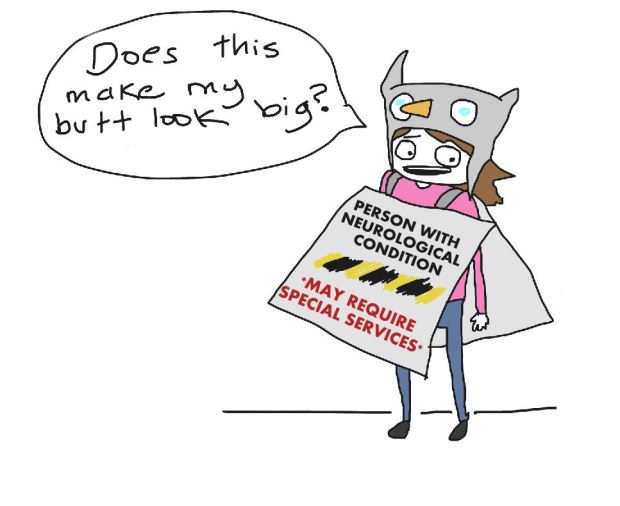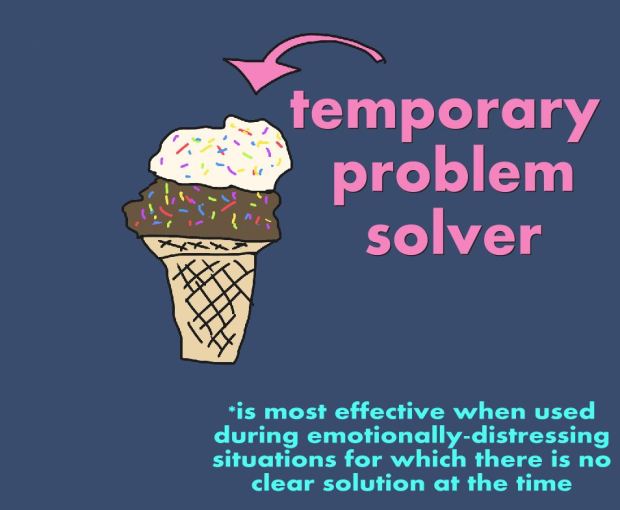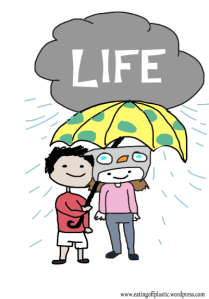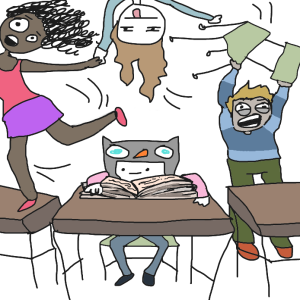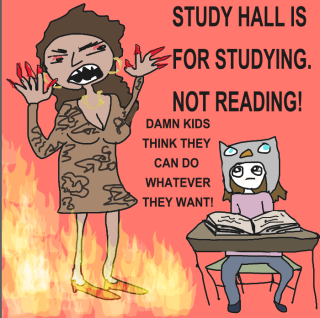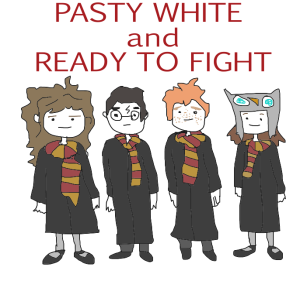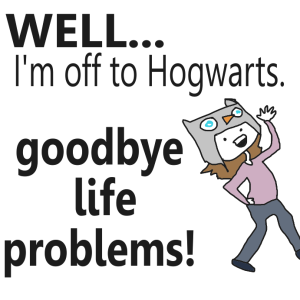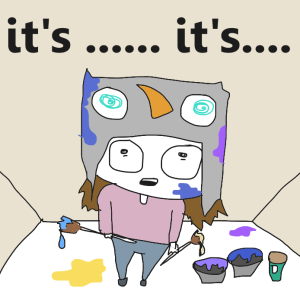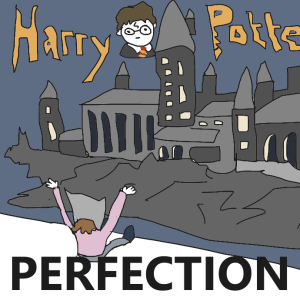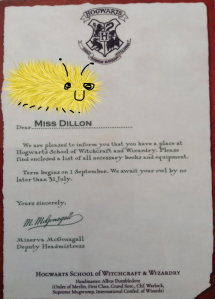Lately, I’ve been seeing so much stuff online normalizing people with neurological conditions, but in a way that I feel is doing a great deal of damage. It’s been hard to find the words to describe what exactly is wrong with the “neurodiversity movement” because I fear I will be torn to shreds by all the special needs parents, purely because I’m not repeating the same mantra as everyone else. (Like, is the term special needs considered demeaning? I don’t know anymore.)
So if this post leads to my internet death, so be it. (Although I’ve always wanted to die through a crazy encounter with a giant bird of prey, but let’s get back to the blog here…)
In our mysterious politically correct world, we want everything and everyone to be so special and wonderful and great. We don’t want to offend anyone, or make anyone uncomfortable, or deal with trauma and pain.
It’s all good, all the time. And if it’s not good, it will be good again very quickly I swear DON’T PANIC EVERYTHING’S FINE STOP PANICKING.
It all begs the question: are we learning to look on the bright side, or are we learning to only look on the bright side because the other side is not ok? I repeat, It’s not OK. Don’t look over there. Hide yo kids, hide yo wife, etc.
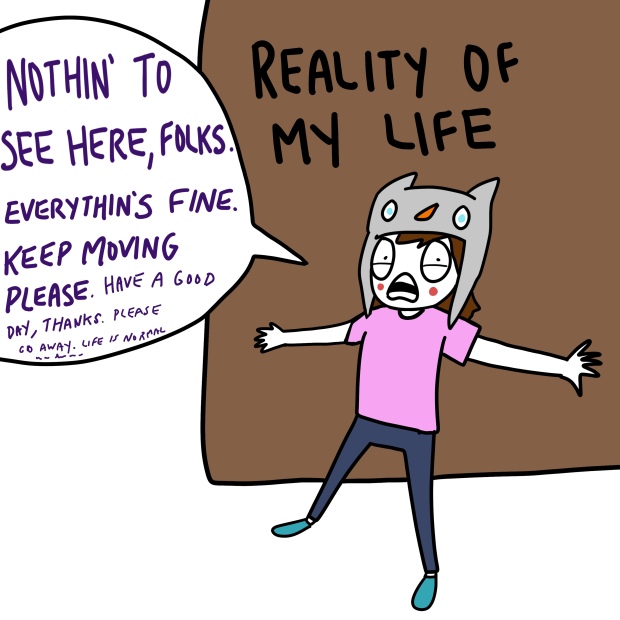
Where Things Get Icky
We spend so much time reading about how people with neurological conditions are “beating the odds” and “finding their passion” and “bringing uniqueness to the world.” The flawless-looking Instagram mom posts a photo of her 5 year-old son, he has autism and epilepsy. In the photo he’s smiling peacefully, using an organic pencil to create a piece of abstract artwork (which honestly looks amazing, holy crap) while the sun shines gently on the scene. Her husband is so handsome it’s shocking, and they all live in a jaw-dropping home straight out of Disgustingly Rich Southern Living Magazine, where they were a featured family in Issue 23.
There will, however, be no Instagram photo of that morning, when that same boy had a massive meltdown because he had to get his hair brushed. She won’t be posting a selfie of her tired face, as she was up all night with him dealing with side effects from his new medication. His younger sibling won’t sleep through the night, and she misses quality time with husband, and her eldest child is being bullied at school. (AND, her husband is also secretly one of those robot husbands fabricated in Japan, and a few friends are suspicious but none will ever say, “hey gurl, I’m pretty sure your husband is a robot.”)
You’ll see photos of her special, unique family, with all their blessings.
Her son with various special needs (there I go again with that term…am I to be executed now?) is unique, he is amazing, he is beautiful – he is a blessing. But the reality they face everyday raising a child with circumstances unthinkable to many is significantly less beautiful, and significantly less of a blessing. When you’re up to 3am because you’re having a panic attack for 7 hours about him, it’s not beautiful, and blessed is the opposite word to describe you feel.
Neurodiversity on the Street
The neurodiversity movement has exploded, thanks in part to the internet. (Thanks Internet, even though you can be annoying, you are still pretty cool.)
This means that people with atypical brains are being recognized and supported in more ways than ever. You can go up to any old person on the street and ask them, “What is autism?” and chances are, they will actually know something about autism. They may even know someone with autism and have an understanding of how this condition manifests itself in various people.
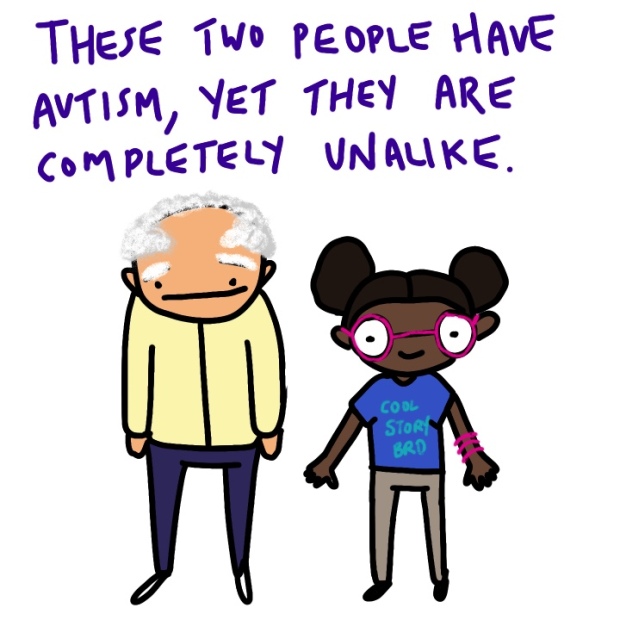
If everything sounds so hunky-dory, than why on this great Earth am I making a blog post about it?
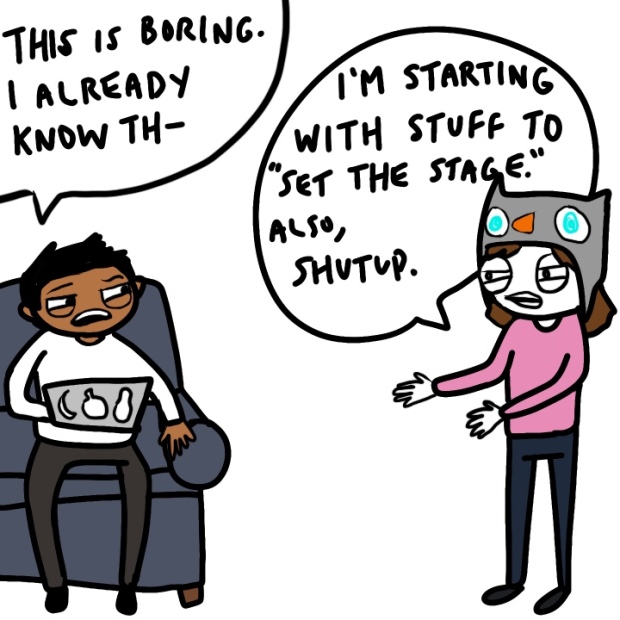
The main source of neurodiversity influence for neurotypical people is the media. I’m looking at you, Facebook and Netflix. While it’s wonderful that millions of people are exposed to the realities of living with a different kind of brain, that reality is often skewed to fit an idea of what neurodiversity should be.
It’s almost like one of those Pinterest projects. You try to make those gorgeous red velvet cupcakes for your upcoming Christmas party. The photo you saw on Pinterest looked delicious and cute, but when you made them, your cupcakes looked like victims of a murder, and the taste was bland and filled with disappointment.
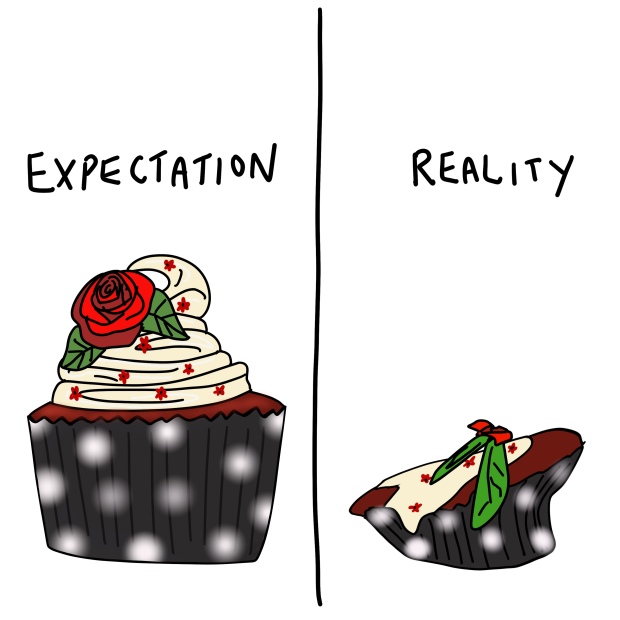
The conversation being had about neurodiversity looks wonderful, but the reality is not so wonderful for the people directly impacted by neurodiversity. I’m not saying neurodiverse people are ugly cupcakes, but if I could create a visual of my life when things are really shitty, that visual would be of an ugly cupcake.
The Crux of the Matter
There is something lurking below the surface of this neurodiversity movement. It’s something that’s already been brewing for a while, but has the potential to overflow and make a big mess if it’s not addressed. It’s part of the not-always-so-glamorous-reality that we face as people with unique mindscapes. (Yes, mindscape, like landscape but of the mind. Think Bob Ross, but with less happy trees and more hippocampus.)
When we push people to accept neurodiverse individuals as “normal, but different” we create the belief that these people do not need any help. We put them on a pedestal of “YOU ARE PERFECT THE WAY YOU ARE, NEVER CHANGE.” Like something we write in our best friend’s yearbook at the end of middle school, we mean well.
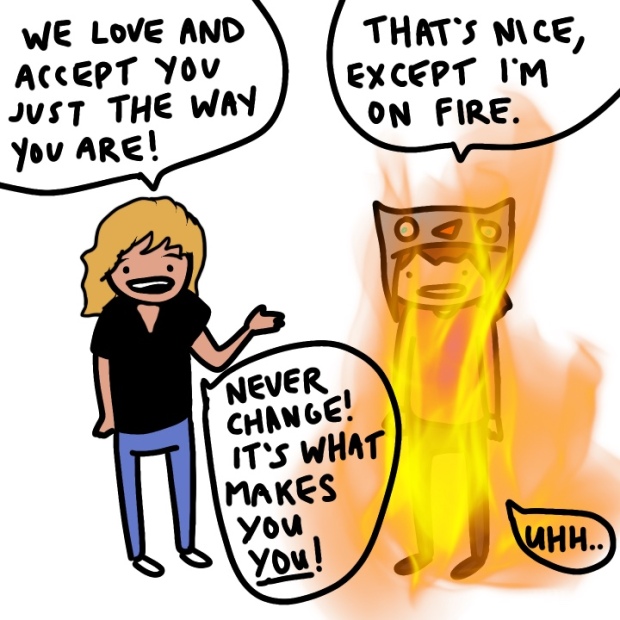
Ok, I’m not on fire, but you get my point?
It’s easy to reassure someone that they should be celebrated because of their unique neurological makeup when you aren’t the person with the unique neurological makeup.
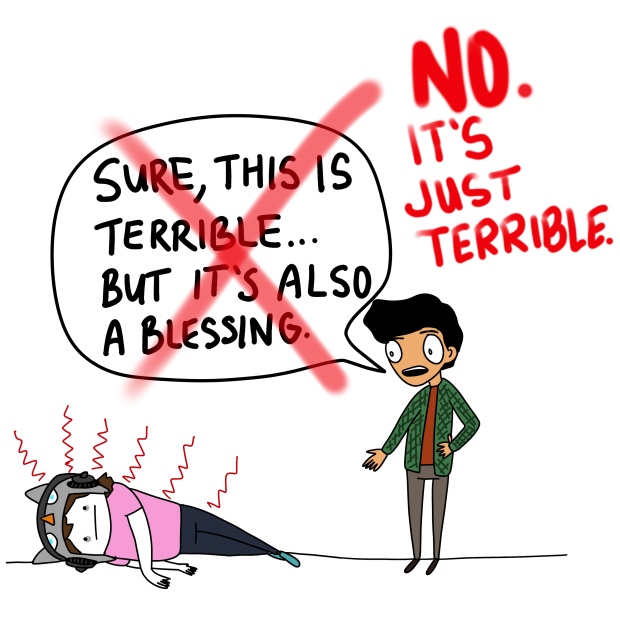
Maybe we don’t want ND people to change. We appreciate and love them just the way they are. But what if they could be themselves without all of the struggles? Our love for them wouldn’t change, and their lives would be easier.
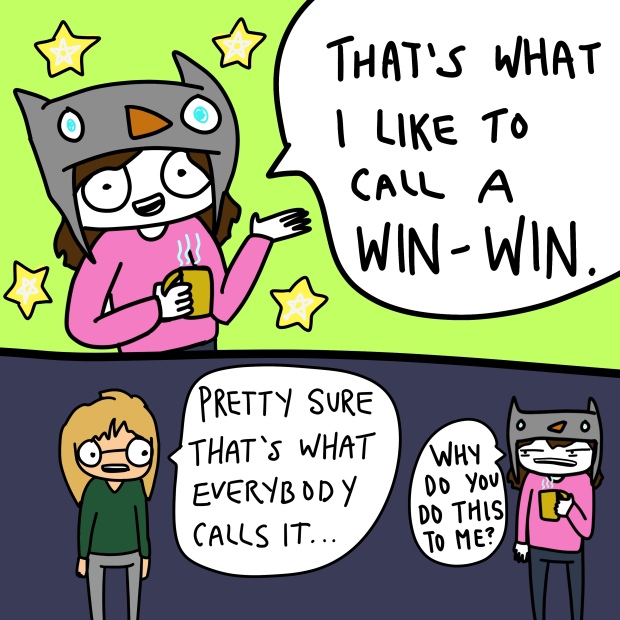
I often hear, “But my/my child’s/my partner’s life journey with this condition is part of who I am/they are. We should learn to love ourselves and others as they are. If you take that away, it wouldn’t be me/them anymore.”
As a person with an atypical brain (god bless you, you dysfunctional piece of meat), I can tell you, I am more than just a little different. I am not able to do many normal things. Sometimes I can do normal things, but then I pay for it later. (Sensory people you know what I’m talking about here.) I have gotten very skilled at pretending to be normal in many situations.
The thing is, I want to change. The way I am – the way my brain is – is freaking annoying. Basic activities can be hard and frustrating. It’s often stressful for my family. I’m exhausted from my life, and I’m only 27. I don’t have any spectacular mental gifts; I have spectacularly bad vestibular regulation.
Would I still have turned into the person I am today without having to manage a confusing and craptastic life of SPD? Yes, probably. And maybe I could have avoided dealing with the crippling depression and anxiety that comes with it. My SPD has made me who I am, but I would much rather it didn’t.
I’m still me with or without my neurological problem. It has shaped the person I am today, but it has added so much negativity that the few positives barely register as valuable to me.
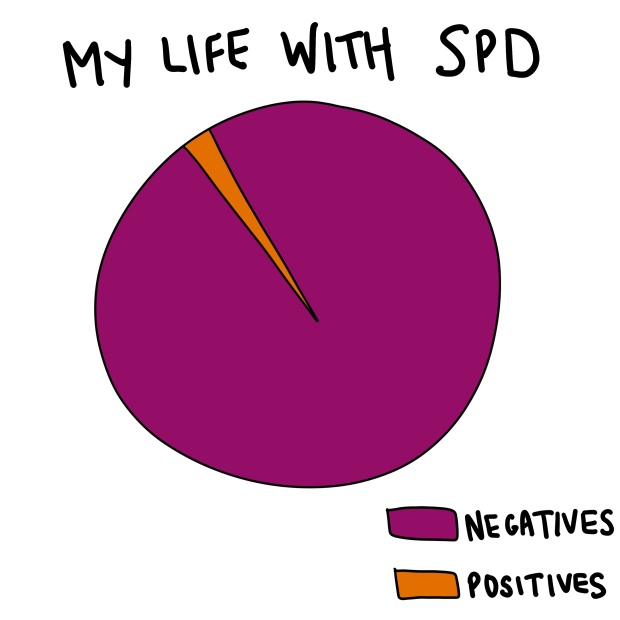
Many advocates for neurodiversity are campaigning for ND people to have long-lasting careers, date, socialize, participate in society in every way that NT people do. Unfortunately, this is not always possible. Again, like the Pinterest cupcakes, it sounds like a good idea, but reality has a different plan.
These people mean well, but unless they have lived it, it can be hard to understand the complexities of why “normalcy” may never be achieved.
For a person with high-functioning autism, for example, normalcy is possible in many ways. For a non-verbal person with autism who needs constant care and therapy left and right, this is significantly less possible. To suggest otherwise is undermining the reality many people and their families face everyday.
If we push neurodiversty as a normal thing, then we forget that having a dysfunctional brain condition is not normal at all.
Pushing neurodiversity as “normal” is ok when it’s referring to being diverse in ways that aren’t related to disorders or diseases. Like, I am really, really good with colors. I mean, I can organize, coordinate, identify, manipulate, and create colors in ways that I’ve found many people are impressed by. I believe my brain is really good at this for no reason. It is diverse but in a good way.
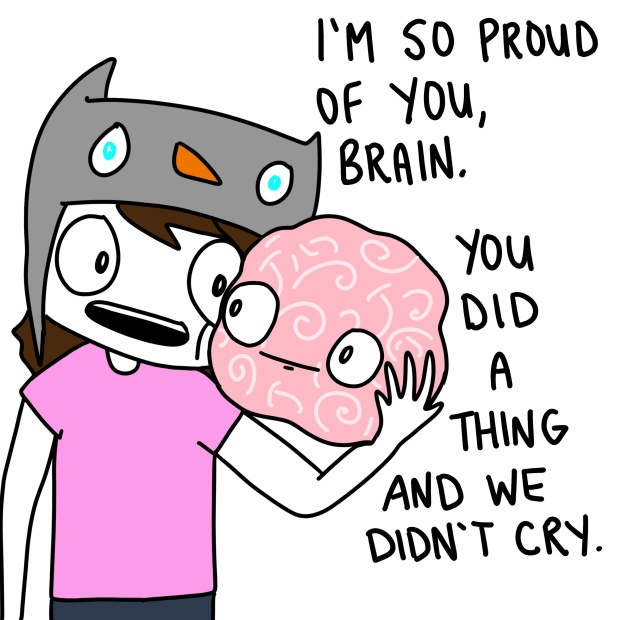
Having autism is not good. Having severe anxiety is not good. Having OCD is not good. I’m almost certain most people would choose to not have any neurological condition, if given the chance. Parents would wish their child to be rid of all their struggles. Regular neuro-typical life is dang hard already – if we are given these extra problems to live with, let’s make sure we go about advocating for ourselves in the right direction.
Neurodiverse individuals can’t do everything. Even with accommodations, sometimes they will never be able to have total independence or success as defined by a group of people known as “the rest of the world.”
What to Take-Away from this freaking long blog post:
With all that said, the neurodiversity movement needs to propel itself forward with these three ideas in mind: Education, Acceptance, and Support.
- People need to be educated about neurological differences in a way that is not demeaning or false. The media has tremendous power in their hands to educate people in a way that will challenge old and outdated perspectives without being the same story of a white, teenage, man with exceptional brain abilities but terrible social status.
- The current neurodiversity movement is focused on acceptance, and it should continue to do so. However….
- The movement is not focused on support, and without support for ND individuals, the first two points are basically worthless. We can educate the population, and accept people for the way they were born, but without support (financial, medical, therapeutic, emotional, etc.) there is little chance of success or normalcy for individuals who are deeply impacted by various disorders.
Being neurodiverse is ok; celebrating it as normal and insisting that life of neurodiverse individuals can be exactly like those neurotypical individuals is not ok. It’s so easy to ride the politically correct wave. It’s less easy to stand up and say, “Hey ya goons, this is not all sunshine and roses! Stop glamorizing and normalizing neurological disorders and start funding programs that will help people like me do basic life stuff.”
Peace xo
kelly
















